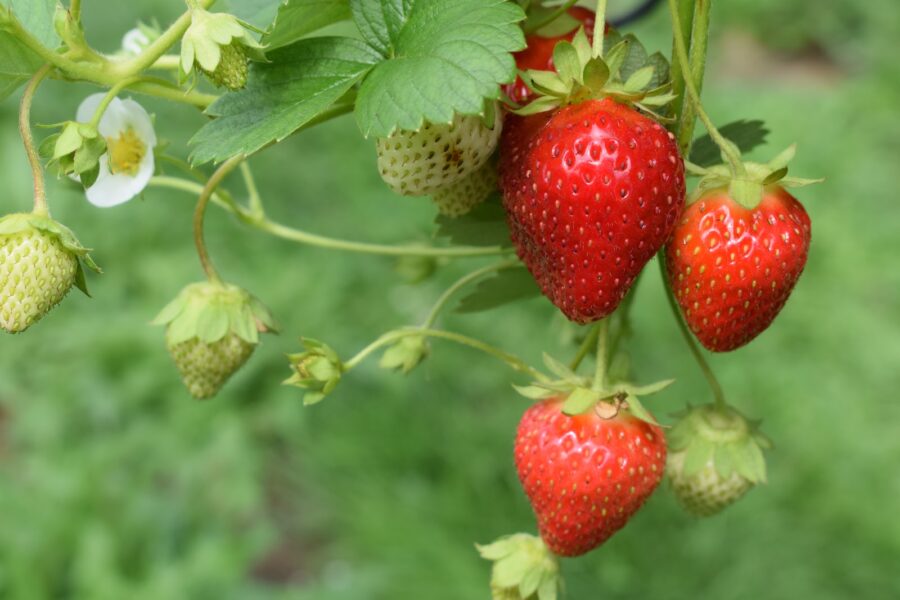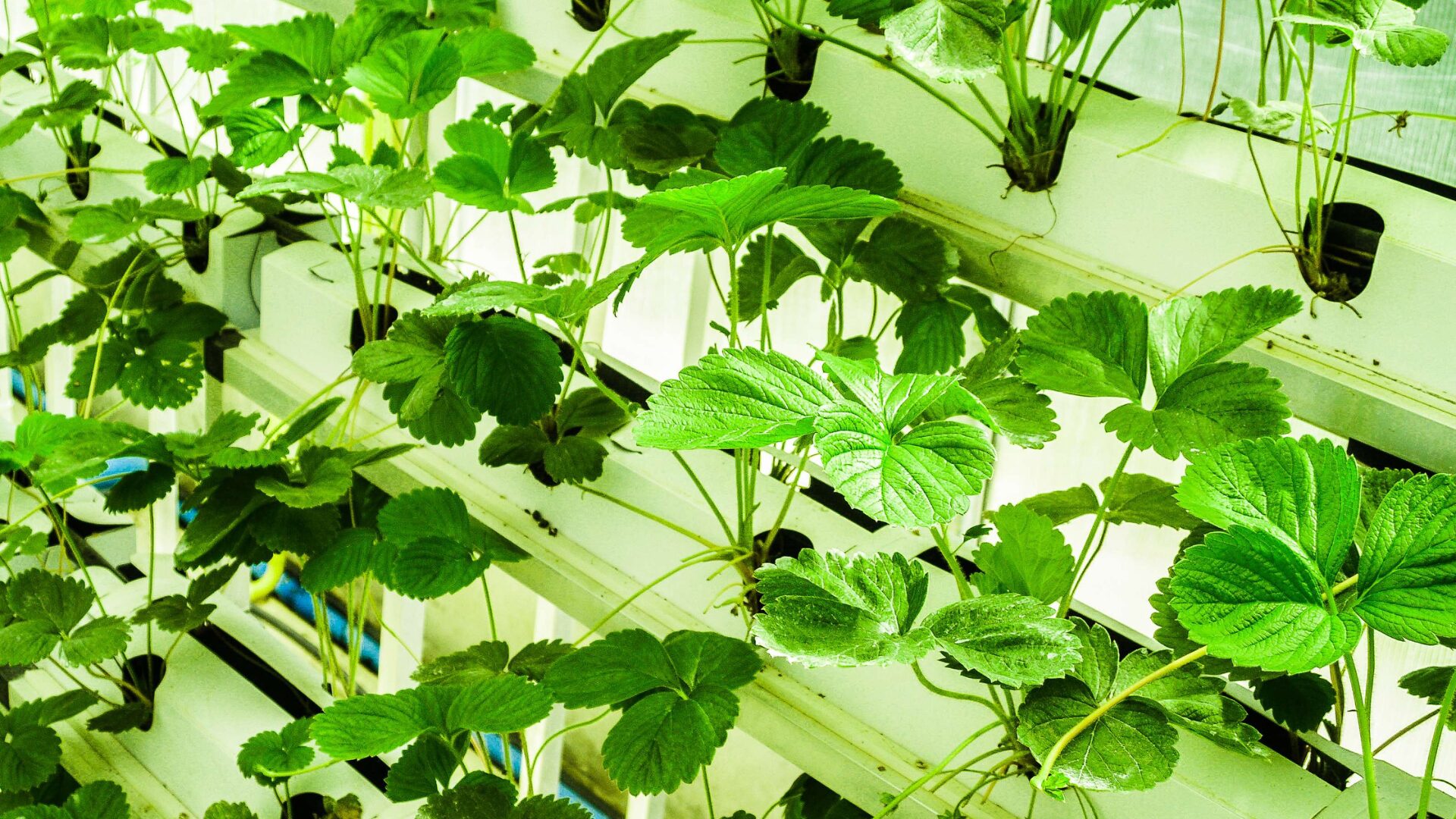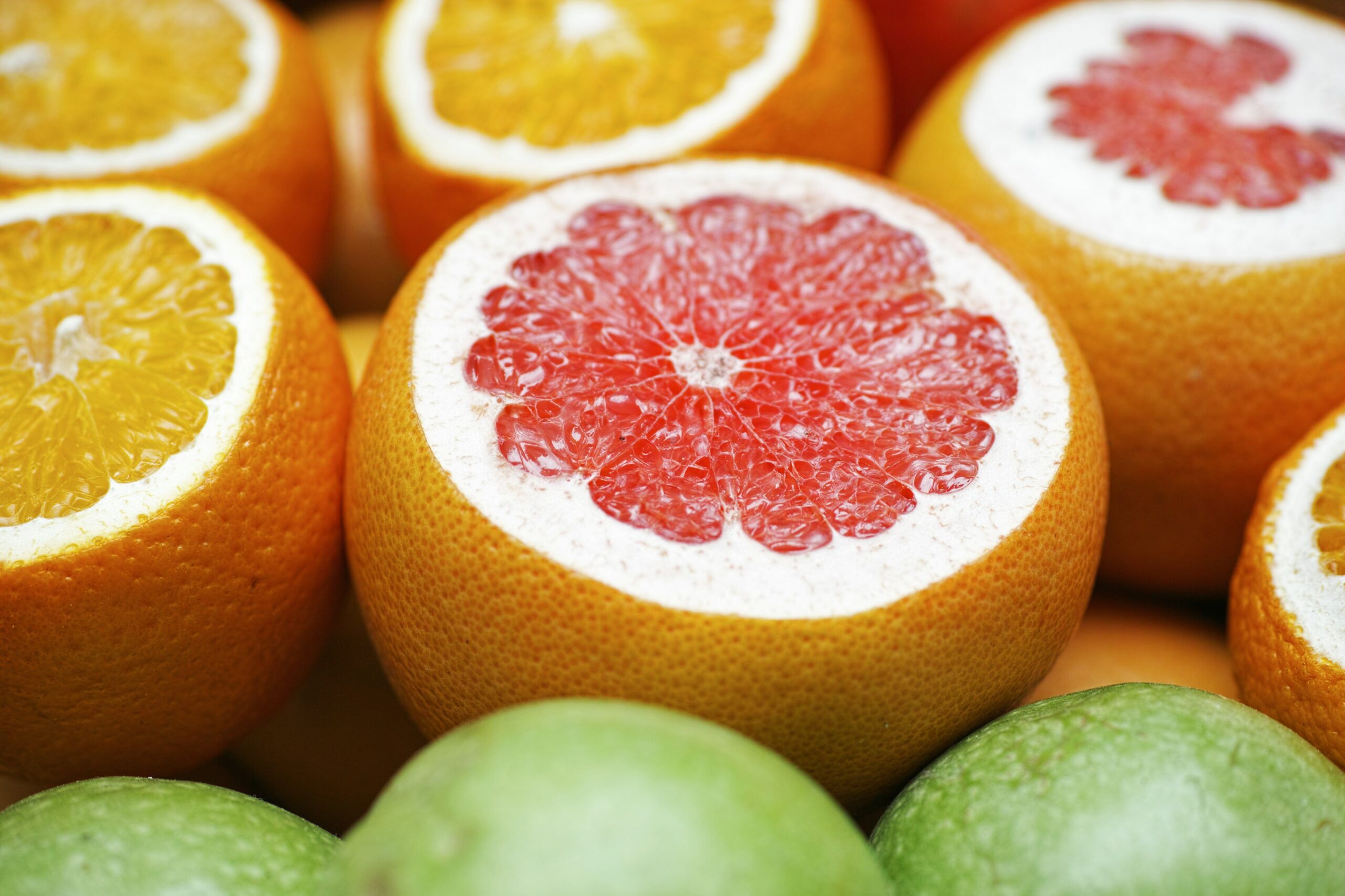The California strawberry crop is “at the mercy of Mother Nature” this year, but production should reach normal levels by the summer.
That’s according to Wells Fargo Agri-Food Institute Sector Manager Brad Rubin, who noted in an e-mail to The Food Institute that production in the Oxnard and Santa Maria regions were likely to be delayed until mid-April.
The California strawberry market has been delayed from cold winter weather and persistent atmospheric rivers that drenched the state in 2022 and 2023, with the California Strawberry Commission reporting shipped trays were down 59.8% as of March 18 when compared to the prior year.
Adverse Weather Causes Delays
Rubin explained that California has three distinct growing regions for strawberries, with Oxnard leading the market and Santa Maria following. The Watsonville region is the last to come online.
When asked for a specific timeline for production to normalize, Rubin said it was difficult to predict. His best guess was three to six weeks, provided warmer weather helped to ripen berries that could get to market faster.
“The storms are at a point where it is hard to continue getting big amounts of rain. For conventional berries, muddy fields make it difficult to get farm equipment in the field for applications and harvesting. The ground is saturated, and if it remains saturated harvesting could be challenging,” he added.
Prices Trend Downward in 2023
In general, strawberry prices have trended downwards since January 1 as Mexican imports supplement the market between November and March. FOB (free on board, or the price of goods at the place of origin) prices per tray have reduced to $15 as of March 18 from $20 in January.
It remains unclear how current weather conditions will affect prices.
“Since the growing regions have all been hit with rain and cold weather, this year’s crop will be delayed, and the market might have near-term impacts with supplying fresh berries. Berries will be available. However, it is yet to be determined what will happen with the price. We won’t know for another few months,” Rubin noted.
Fresh Imports Up in January
Fresh strawberry imports totaled nearly 107.9 million lbs. in January, rising 5.5% from January 2022, according to Food Institute analysis of USDA trade data. Import value jumped 9.9% during the period to $231.3 million.
In 2022, the nation imported 564.5 million lbs. of fresh strawberries, rising from the 529.9 million lbs. reported in 2021. It was the highest import volume since at least 2019, according to USDA data.












